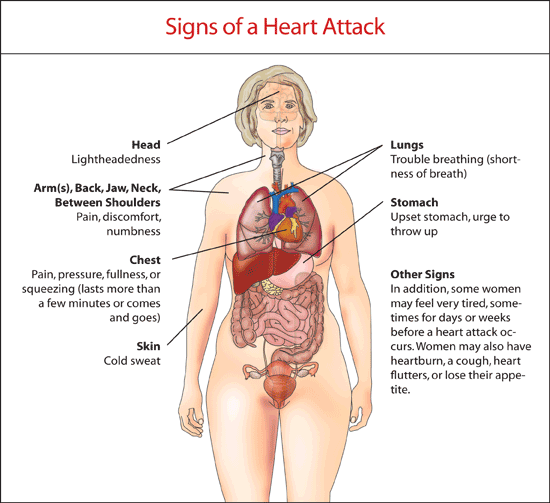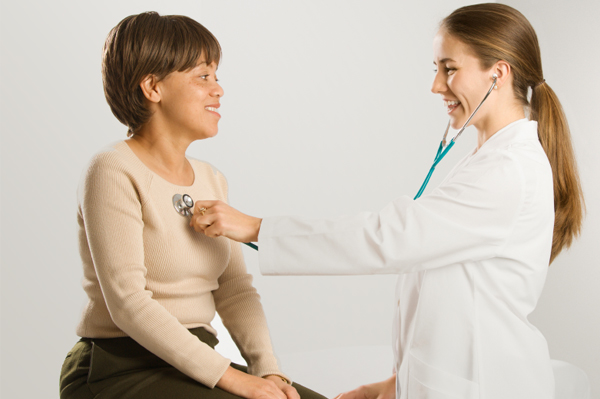The Importance of Regular Doctor Visits
Back in the 1980s, Saturday Night Live used to have a recurring character named Fernando whose catch phrase was “It’s better to look good than to feel good.” While that phrase was meant to be a joke, the truth is that many of us take better care of our outsides than our insides. The United States Census Bureau indicates that adults are making fewer doctor visits each year with a majority only going when they are sick. The problem is that you could actually be sick and not even know it.
Heart disease is life-threatening, yet has very few recognizable symptoms in the early stages.
Types of heart disease
“Heart disease” is actually a blanket term for any of several conditions that can affect your heart and blood vessels. There are congenital heart diseases and acquired heart diseases.
Congenital heart diseases are conditions that you are born with, and usually involve defects in the way the heart and major vessels are formed. These diseases usually have symptoms and are detected at birth or in early childhood.
Acquired heart diseases are conditions that you can develop later in life and include:
- Coronary heart disease
- Congestive heart failure
- Inflammatory heart disease
- Diseases that affect the arteries and veins
Risk factors and symptoms
As stated previously, heart disease could have no noticeable symptoms. If there are symptoms they could include:
- Chest pains
- Shortness of breath
- Fatigue
- Swelling in the feet, legs or abdomen
- Dizziness
- Irregular heartbeat
- Heart palpitations

Heart attacks don’t always result in someone grasping their chest. (Illustration: naturalhealthstore.us)
Risk factors for heart disease include:
- Age – it’s most common in women over 50
- Family history – Parents, grandparents and siblings
- Lack of exercise
- Poor diet
- Smoking
- Drug and alcohol abuse
Why have regular physicals?
A medical examination can detect many of the heart diseases listed above, even if you don’t have any noticeable symptoms. Additionally, if you have reported symptoms that could indicate disease, your doctor might request additional tests to rule out heart disease.
If you doctor can detect your heart disease early, it will be much easier to treat. Early detection also increases your chances of reversing the disease, or stopping it from getting any worse. Regular checkups can also reveal other diseases that could contribute to heart disease, such as hypertension or diabetes.
While it’s true that you can always check your blood pressure at the pharmacy or even do it yourself at home, your doctor has been trained to interpret the results to determine the best course of action.
If it turns out that you do have a condition that contributes to heart disease, your doctor can start you on a treatment plan to help manage that condition and reduce your risk of developing or worsening heart disease.
What if you get a diagnosis?
The first thing to remember is that it’s not the end of the world. If your doctor detects your disease early there are several options for treatment that can improve and protect your health. In fact, the early stages of heart disease might require no medication at all, just lifestyle changes like:
- Quitting smoking
- Starting an exercise program
- Changing your diet
If you have a more advanced case, you doctor might prescribe medication, and more serious cases could require surgery and the use of emergency devices like automatic external defibrillators (AEDs).
If your doctor prescribes an AED, you might need to show your loved ones how to use it and learn how to maintain it, so that it works when you need it. You can learn more about AED maintenance from the AED manufacturer or through special classes.
The bottom line is that while looking good is important, feeling good should also be a priority. If you think you might have some of the symptoms of heart disease, you should definitely contact your doctor. Even if you don’t, you should incorporate regular yearly checkups into your beauty routine to make sure your insides look as good as your outsides.
Article by Layla Davis

This article was written by the guest author listed at the end of the article.




